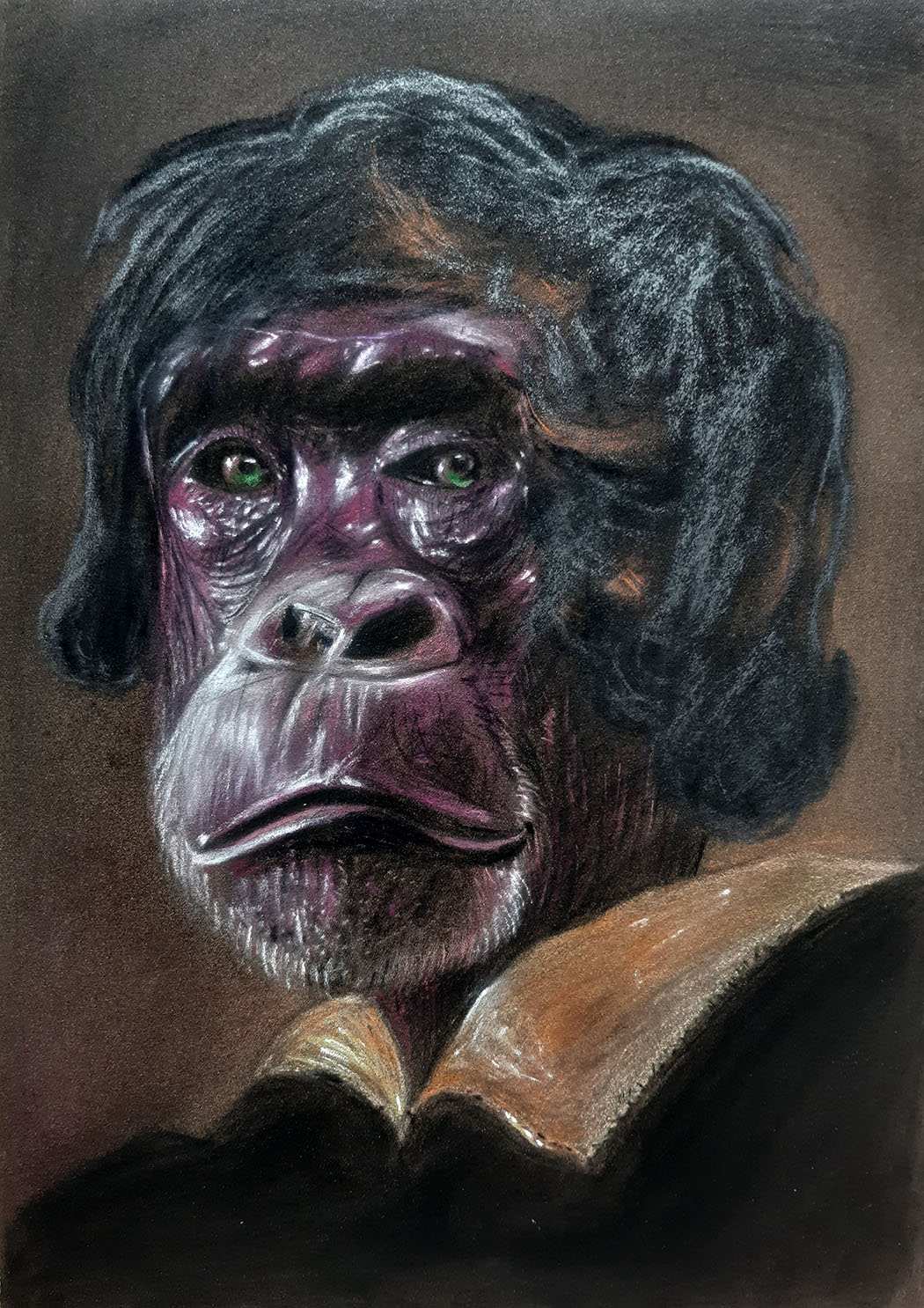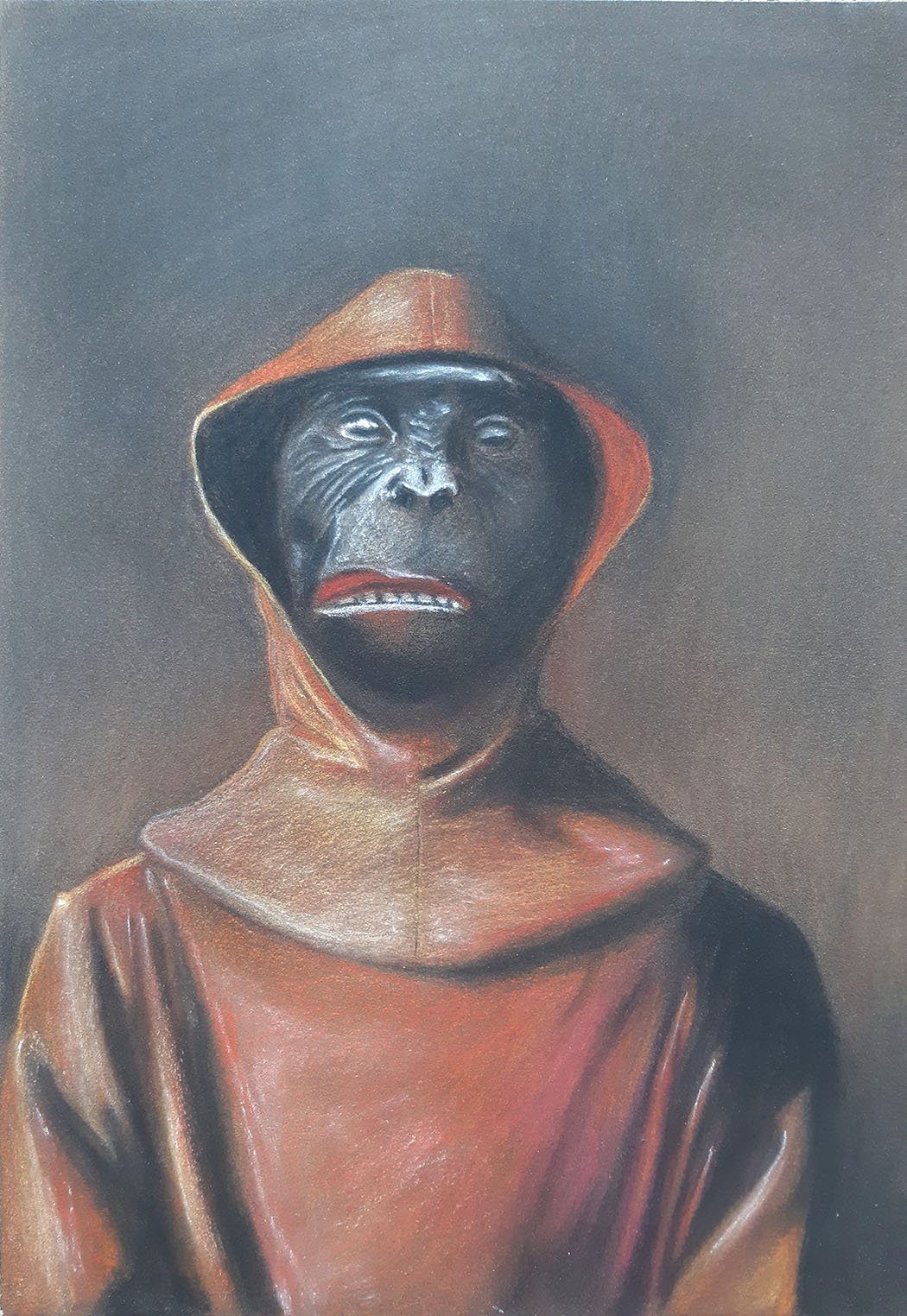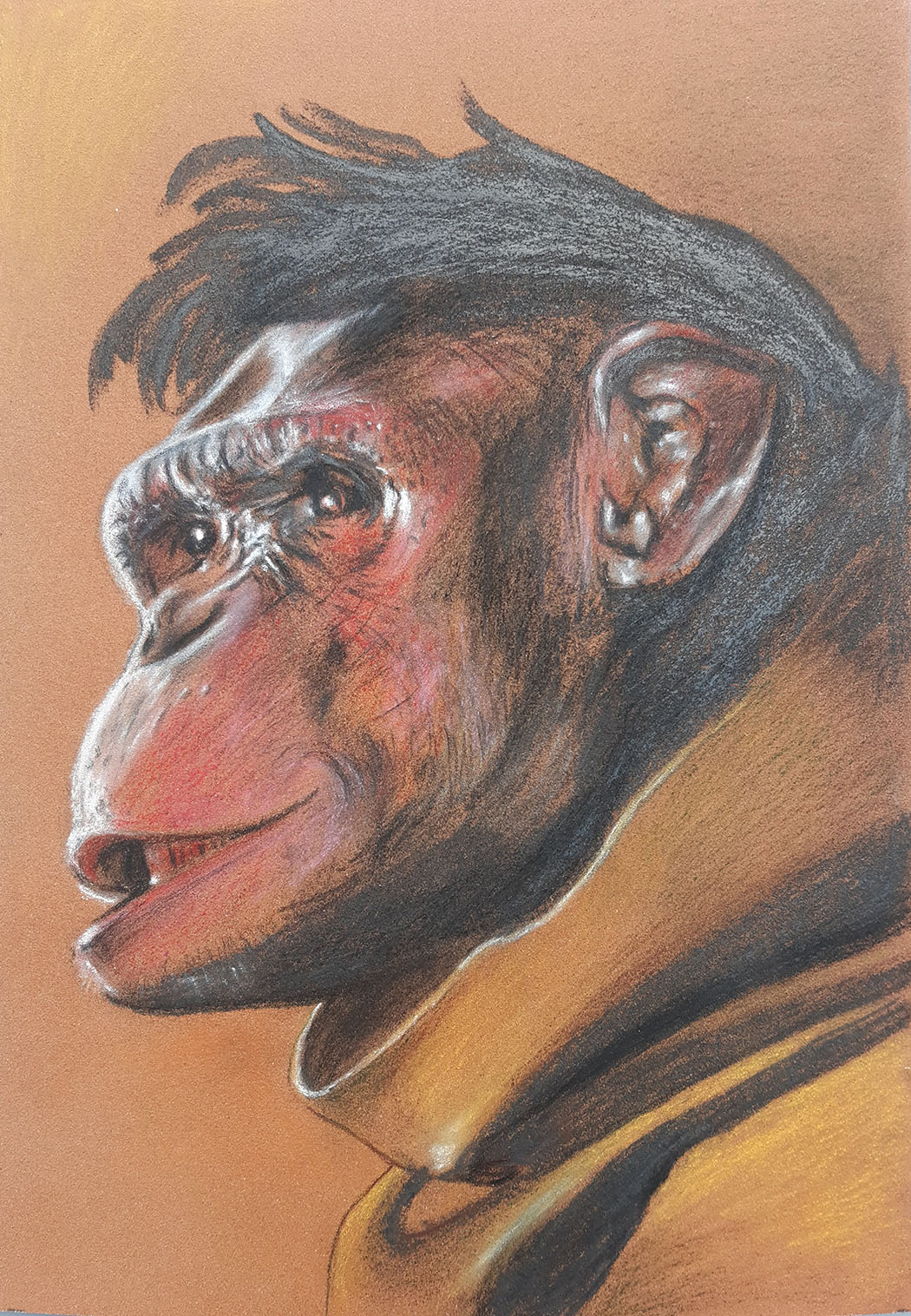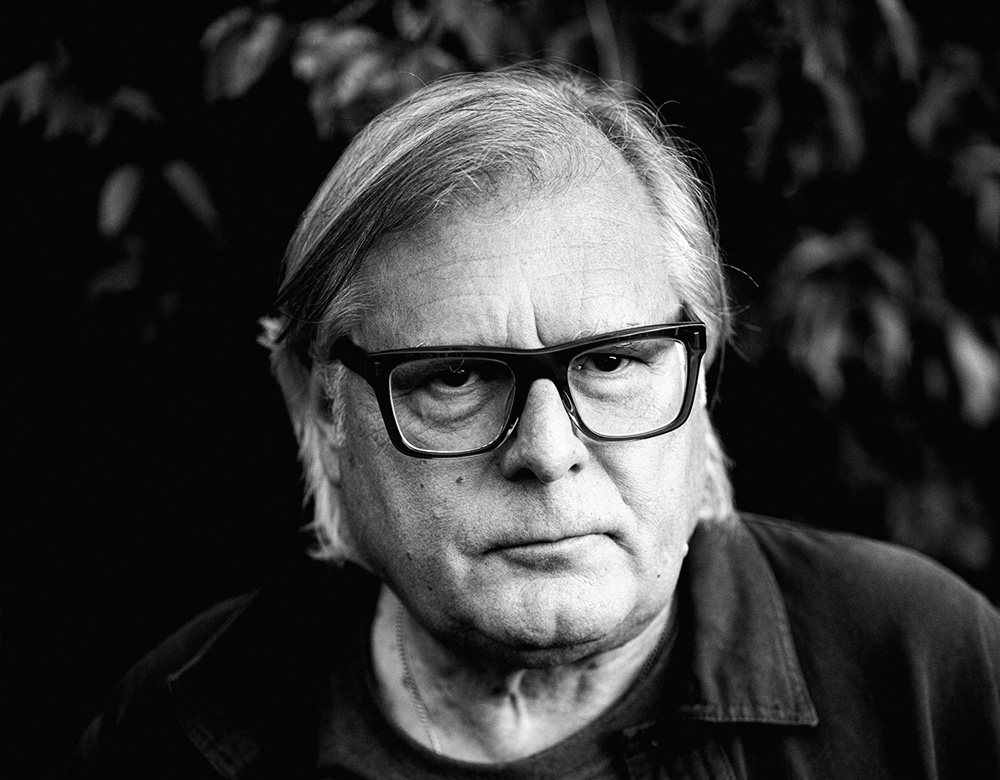Walter Melocco
Year of birth: I was born in 1957.
Where do you live: I live in France near Rouen, 130Km northwest of Paris.
Your education: I trained as an architect.
Describe your art in three words: My art is colorful, intense and expressive.
Your discipline: I am a painter.
Instagram
How did your childhood experiences in Venice influence your passion for painting, especially in relation to the works of artists like Giotto and Veronese?
Venice is a marvelous, mysterious city; as a child, it felt to me like a vessel from a distant world full of extraordinary artists and characters. I had never experienced such strong and intense sensations in any other place.
At that time, in the mid-1960s, my grandmother often told me about the painters she admired. Among them was Giotto, a Florentine painter, who, according to my grandmother, was able to draw a perfect circle freehand. I was fascinated by this skill, so I spent long days practicing to do the same.
Together with my grandparents, we visited the churches of Venice, the Doge’s Palace… Having the opportunity to see paintings by Veronese, Titian, or Canaletto leaves a lasting impression on a 6-year-old child. Being exposed to these painters at such a young age gave me a lifelong passion for painting and art.
 Walter Melocco | Sans titre | 2024
Walter Melocco | Sans titre | 2024
You’ve mentioned a deep admiration for Picasso and Pollock. How have these artists influenced your transition from abstract to figurative painting?
I discovered Picasso when I was quite young, around 13 years old, and it was a shock! As for Pollock, I encountered his work a little later, around 18 or 19 years old. I admired their profound freedom, their total commitment to painting, the immense energy that drove them. But very quickly, despite my great admiration for Pollock, I realized that abstraction was a dead end for me. Thus, I moved towards figuration.
Your animal portraits are incredibly expressive, almost conveying human emotions. What inspires you to imbue your subjects with such deep feelings?
I enjoy painting portraits of animals, especially monkeys. We, too, come from the animal kingdom, and we are not the only creatures on this earth to experience feelings such as fear, sadness, or pain… All mammals share these emotions, and we should be aware of them.
How do you approach the process of creating your animal portraits? Could you share some insights into the techniques and materials you prefer?
For animal portraits, I work from photos; for example, for monkey portraits, I use photos of paintings (portraits) by artists like Velázquez, Giotto, or El Greco, then I create a new image by integrating the face of the monkey. It’s a way of linking nature and culture, the Renaissance and the contemporary world. I modify the colors of the original painting and paint this new image on canvas using acrylics, sometimes with spray paint, pastels… The creative process can be quite lengthy. The first image is often washed with a jet of water, and depending on the traces left on the canvas, I modify the image and repaint it with acrylics. The process of washing and reworking can be repeated several times to achieve the final painting. Some portraits are done in colored pencil on textured cardboard (very fine sandpaper).
 Walter Melocco | Sans titre | 2024
Walter Melocco | Sans titre | 2024
Your recent work marks a return to figurative art after years of abstract painting. What motivated this shift, and how do you feel about this change in your artistic journey?
As I mentioned earlier in the text, abstraction seemed to me to be a dead end. I went through a few years of creative block where I hardly painted. During this period, I closely followed the work of other painters like David Hockney and Francis Bacon. Eventually, I began painting again, and figuration imposed itself on me. It was a natural evolution towards figurative images. I believe that artists cannot remain indifferent to the constant flood of images on the internet and social networks. Painting has an important role to play in this world of images; it can serve as a gateway to imagination and poetry.
As an architect by training and a painter at heart, how do you balance these two disciplines, and do they influence each other in your work?
For me, architecture and painting are interconnected; the visual arts have always influenced architecture. Le Corbusier was also a painter, and the Bauhaus sought to unite all the arts: painting, sculpture, design, architecture…
 Walter Melocco | Sans titre | 2024
Walter Melocco | Sans titre | 2024
Do you see your animal portraits as a reflection of human society, and if so, what aspects of humanity do they represent?
For me, an architectural project always begins with a drawing, just as a painting does. But before the drawing, before the project, there are mental images that impose themselves and form the foundation of the project and, ultimately, the structuring of space.
However, in my case, it is painting that influences architecture, and not so much the other way around. This influence can also be seen in the use of color on both the exterior and interior of the buildings I design.
My animal portraits represent, for me, a reflection of human society and the world we live in, which we have shaped. The animals I depict are those left behind in this world where we are the dominant species; they are the brothers of all human beings who are victims of wars, totalitarianism, deforestation, terrorism, famine… A small privileged part of humanity treats others the same way it treats animals, considering them insignificant. Over the ages, some of us have forgotten that we are also part of the animal kingdom.
The disappearance of living species from the Earth will precede our own extinction; by destroying other species, we are destroying ourselves.


Leave a Reply